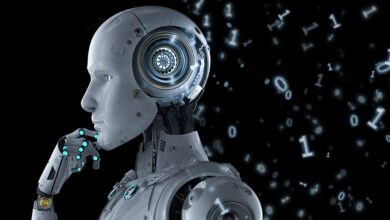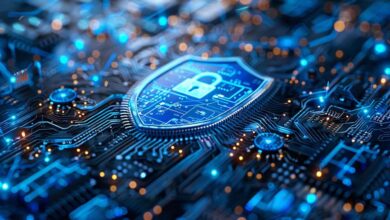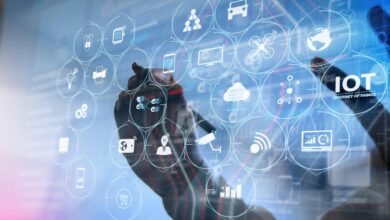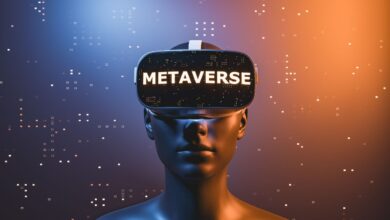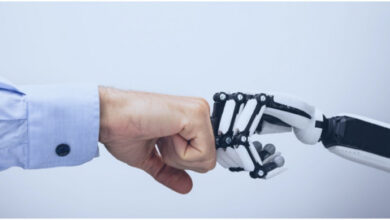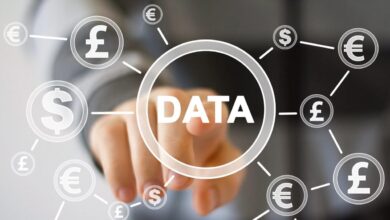The Automation Paradox: Smarter Workflows, Evolving Roles
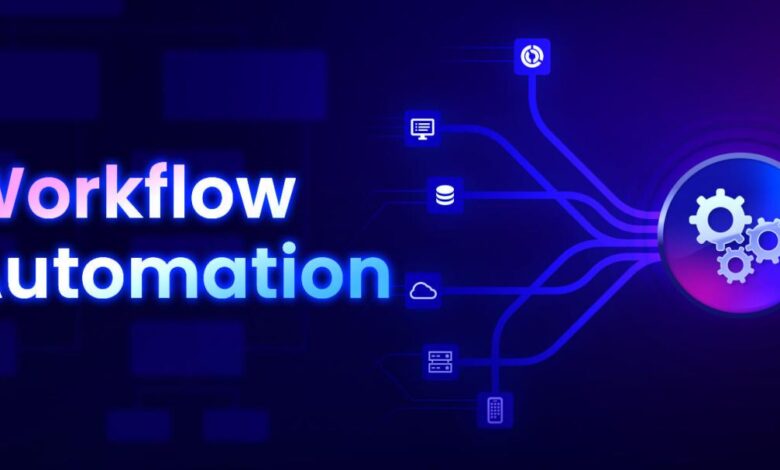
The phrase “Smarter Workflows, Less Humans” captures a profound, ongoing shift in the global economy. It’s not a narrative of wholesale replacement, but rather one of radical re-allocation of human effort.
Driven by the confluence of Artificial Intelligence (AI), robotic process automation (RPA), and advanced hardware, organizations are designing workflows that are faster, more resilient, and require less direct human intervention in repetitive or data-heavy tasks.
This isn’t just about efficiency; it’s about eliminating the mundane to liberate the mind for the complex, creative, and uniquely human challenges that remain.
The future of work hinges on this paradox: as machines become smarter, human roles don’t disappear—they simply evolve to higher cognitive levels.
Understanding this evolution requires exploring the core technologies enabling smarter workflows and analyzing the resultant restructuring of industries, from manufacturing floors to digital offices.
This seismic transformation demands a new social contract for the modern worker, emphasizing continuous learning and adaptability.
The Technology Stack of Autonomy
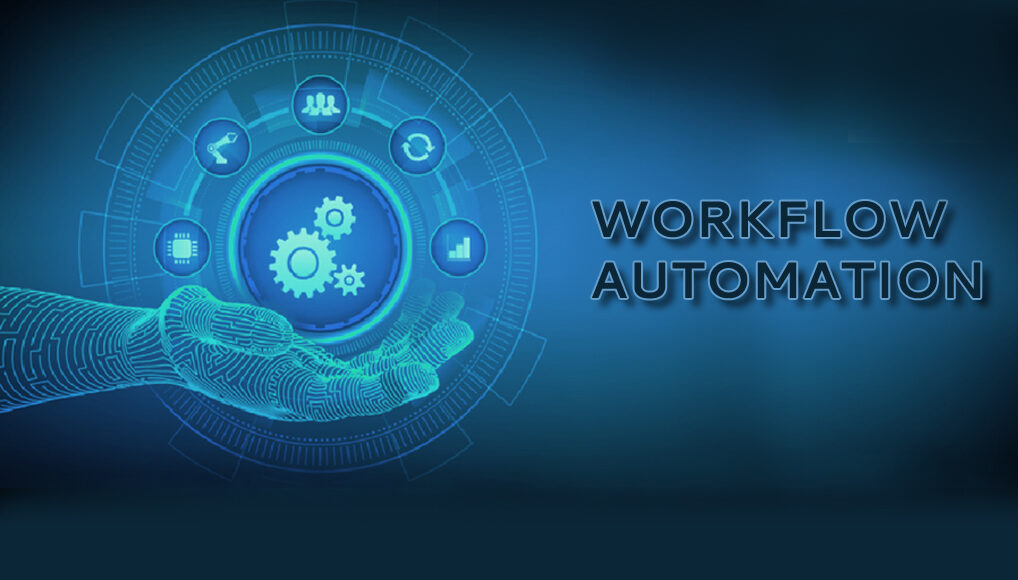
Smarter workflows are built upon a sophisticated stack of interconnected technologies that grant systems the ability to sense, think, and act autonomously.
A. Hyper-Automation: The Orchestration Layer
Hyper-automation is the holistic approach of integrating multiple automation technologies—including AI, RPA, and machine learning—to automate tasks that were once considered too complex or dynamic for simple robots.
A. End-to-End Process Automation: It focuses on automating entire business processes, not just isolated tasks. For example, automating the entire cycle from invoice receipt to payment approval across multiple disparate legacy systems.
B. Intelligent Document Processing (IDP): This uses AI to read, interpret, and extract data from unstructured documents (emails, contracts, scanned receipts) with human-level accuracy, feeding that data directly into automated workflows.
C. Process Mining: AI tools analyze digital footprints (system logs, user actions) to map out existing workflows, identify bottlenecks, and automatically suggest the best points for robotic intervention and optimization.
B. Artificial Intelligence and Machine Learning (AI/ML)
AI provides the cognitive ability for smart workflows, allowing systems to learn, adapt, and make decisions without explicit programming.
A. Generative AI for Content Creation: AI models can autonomously create personalized marketing copy, technical documentation, or code snippets, dramatically reducing the human effort needed in initial content generation.
B. Predictive Decision-Making: ML algorithms analyze vast datasets to forecast future outcomes (e.g., equipment failure, customer churn, supply chain disruptions) and automatically trigger preventative actions within the workflow.
C. Unsupervised Learning for Anomaly Detection: Systems monitor network or financial data flows and automatically flag or quarantine unusual activities that deviate from learned normal patterns, requiring human oversight only for critical final review.
C. Cognitive Robotics and Advanced Sensing
Robotics, both physical and digital, provides the means for autonomous systems to interact with the real and virtual worlds.
A. Autonomous Mobile Robots (AMRs) in Logistics: AMRs use sensors and simultaneous localization and mapping (SLAM) to navigate dynamic warehouse environments, eliminating the need for human guidance in material transport.
B. Cobots in Manufacturing: Collaborative robots work alongside humans, using advanced force-torque sensors to adjust their movements and speed in real-time, removing the human from repetitive strain tasks while maintaining safety.
C. Digital Workers (Bots): These software robots mimic human actions on a computer interface (clicking, typing, logging in) to execute routine, high-volume tasks in back-office workflows, operating 24/7.
D. Edge Computing and Real-Time Autonomy
For autonomous systems to operate safely and effectively, they must process information instantly at the source.
A. Decentralized Decision-Making: Critical automation tasks—such as a traffic management system adjusting signal timing or a machine vision system rejecting a defective product—are processed on the Edge, ensuring zero-latency response without reliance on a central cloud.
B. IoT Device Integration: Smart workflows incorporate data streams from thousands of connected sensors (IoT devices), using local processing power to make immediate, context-aware decisions about resource allocation and maintenance.
C. Data Minimization: Processing data at the Edge reduces the amount of raw, sensitive information that needs to be transmitted to the cloud, improving privacy and compliance within autonomous workflows.
Restructuring the Business Landscape
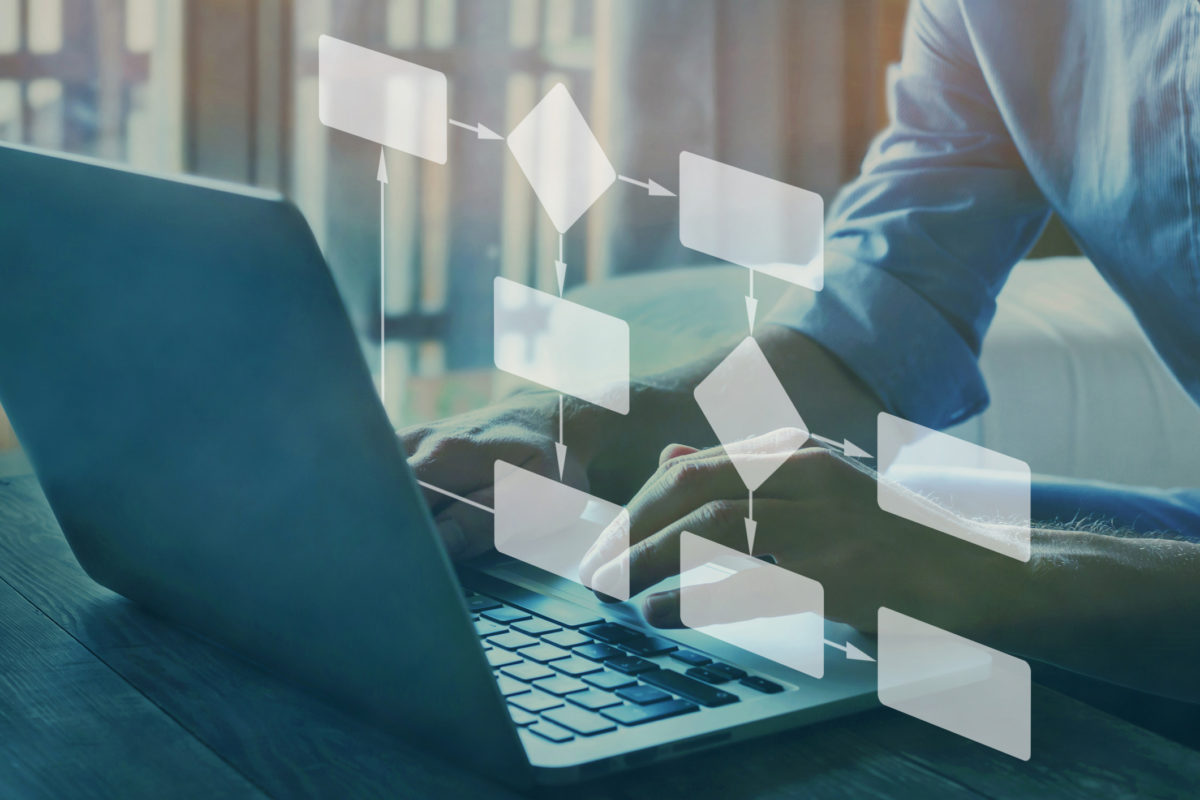
The integration of smarter workflows isn’t just changing job descriptions; it’s reshaping entire industries, creating both disruptive threats and massive opportunities.
A. The Corporate Back Office Transformation
The traditional back office—finance, HR, and legal—is becoming the most intensely automated sector, shifting from manual processing to strategic oversight.
A. Financial Reconciliation and Auditing: RPA bots handle high-volume invoice processing, expense report auditing, and cross-platform data reconciliation, significantly reducing human error and time.
B. Automated Compliance and Reporting: AI constantly monitors regulatory changes and automatically adjusts internal reporting and compliance workflows, eliminating human manual interpretation errors.
C. HR Onboarding and Offboarding: Bots manage the entire lifecycle from generating initial offer letters and provisioning IT access to managing final payroll and exit paperwork.
B. Digital Product and Service Delivery
Automation is revolutionizing the customer-facing side, delivering personalized services at massive scale.
A. Conversational AI and Customer Service: Advanced AI assistants (chatbots and voicebots) manage 80% or more of routine customer inquiries, escalating only complex, emotionally charged issues to human agents, thereby reducing contact center staff size and improving resolution time.
B. Hyper-Personalization in E-commerce: ML models dynamically adjust website layouts, pricing, and product recommendations in real-time based on individual behavioral data, achieving levels of personalization impossible for human marketers to manage.
C. Code Generation and Testing: Generative AI tools assist software developers by writing boilerplate code, suggesting fixes, and autonomously running unit tests, fundamentally changing the development workflow and accelerating product release cycles.
C. Healthcare and Clinical Automation
In healthcare, automation enhances precision and frees up clinicians for direct patient care.
A. Diagnostic Imaging Analysis: AI systems analyze X-rays, MRIs, and CT scans to flag potential anomalies for radiologists, improving accuracy and speed in the diagnostic workflow.
B. Robotic Surgery and Procedure Assistance: Robots provide surgeons with superhuman precision and stability, enabling complex, minimally invasive procedures.
C. Automated Patient Monitoring: Remote patient monitoring systems use AI to track vital signs and alert human staff only when thresholds are crossed, replacing continuous manual monitoring in non-critical settings.
D. Industrial Operations and Supply Chain Resilience
Physical automation and digital workflows combine to create flexible, resilient, and instantly adjustable operations.
A. Demand Forecasting and Inventory Management: AI analyzes external factors (weather, social media trends, geopolitical events) alongside sales data to accurately forecast demand and automatically adjust procurement and production schedules.
B. Autonomous Inspection and Quality Control: Drones and AMRs equipped with thermal and visual cameras perform continuous inspection of large assets (pipelines, wind turbines, factory floors), creating immediate, actionable reports without human physical involvement.
C. Self-Optimizing Logistics Networks: ML algorithms dynamically reroute shipments across entire global networks in real-time based on unexpected events (customs delays, port closures), optimizing the supply chain without human dispatchers.
The Human-Centric Challenges and Opportunities
The drive toward “less humans” in workflows presents a complex set of challenges related to skills, ethics, and economic equity.
A. The Upskilling and Reskilling Imperative
The most critical challenge is preparing the existing workforce for roles that are defined by human-robot collaboration.
A. Focus on “Soft Skills”: Roles that require empathy, complex communication, negotiation, creativity, and ethical judgment—tasks that remain uniquely human—will increase in value.
B. The Rise of “Bot Trainers” and “Data Curators”: New job categories are emerging for individuals who manage, train, audit, and curate the data flowing into and out of autonomous systems.
C. Continuous Learning Ecosystems: Companies must invest heavily in internal, on-demand platforms that provide constant opportunities for employees to learn new skills in AI literacy, data science, and human-robot collaboration.
B. The Ethical and Bias Challenge
Automated systems, however smart, are only as ethical as the data they are trained on.
A. Algorithmic Fairness Audits: Workflows must include systematic audits to check for and mitigate bias in automated decision-making (e.g., loan approvals, hiring shortlists) before the automation is deployed at scale.
B. Transparency and Explainability (XAI): Autonomous systems must be able to clearly explain the reasoning behind their decisions to human overseers, especially in critical fields like medicine or justice.
C. Human-in-the-Loop (HITL) Design: For highly sensitive workflows, a human remains a mandatory final checkpoint, supervising the AI’s decision to ensure ethical and context-aware outcomes.
C. Security and Cyber-Resilience
A vast network of integrated smart workflows creates a massive, interconnected attack surface.
A. Zero-Trust Architecture: Every single component in the automated workflow (every sensor, bot, and API) must be independently verified before being granted access, eliminating implicit trust within the system.
B. Automated Threat Detection: AI is used to monitor the automation system itself, detecting anomalous behavior that could signal a cyber-attack or the presence of malicious software (such as a poisoned training dataset).
C. Digital Worker Governance: Establishing strict protocols for managing digital identities and access permissions for software robots, treating them as privileged users that require rigorous oversight.
D. The Economic and Societal Shift
The concentration of efficiency and productivity gains in automated systems demands a broader conversation about economic redistribution.
A. Productivity Dividend Debate: Discussions are heating up regarding how the immense productivity gains driven by automation should be shared, whether through universal basic income (UBI), reduced work hours, or new forms of taxation.
B. New Industry Creation: Historically, technological disruption has created entirely new industries (e.g., app development, cloud infrastructure). The automation era will fuel massive growth in AI services, robotic maintenance, and virtual reality support.
C. Focus on Human-Centric Services: As goods production becomes highly automated, the economy will pivot further toward services that inherently require human connection, such as advanced education, wellness, arts, and personalized care.
Conclusion
The narrative that “Smarter Workflows” equals “fewer humans” often misses the crucial second half of the story: the human is simply moving up the cognitive ladder.
The true impact of hyper-automation and AI is the elimination of scut work—the dull, dangerous, and time-consuming tasks that drain human potential.
The future of business excellence rests on mastering the art of collaboration between humans and autonomous systems.
This collaboration requires a fundamental philosophical shift: viewing the software bot or the industrial robot not as a competitor, but as a digital partner that handles execution and data processing, while the human partner handles judgment, strategy, creativity, and empathy.
Organizations that succeed will be those that prioritize algorithmic transparency (XAI) and ethical governance, creating systems where autonomous action is constantly audited and supervised by highly skilled human workers.
The smartest workflow isn’t one that runs entirely without people, but one that runs with better people, focused on solving problems that require uniquely human wisdom and innovation.
The efficiency gains from automation must be reinvested into the workforce through continuous upskilling, ensuring that humanity remains the ultimate beneficiary and the true architect of the increasingly intelligent world.

